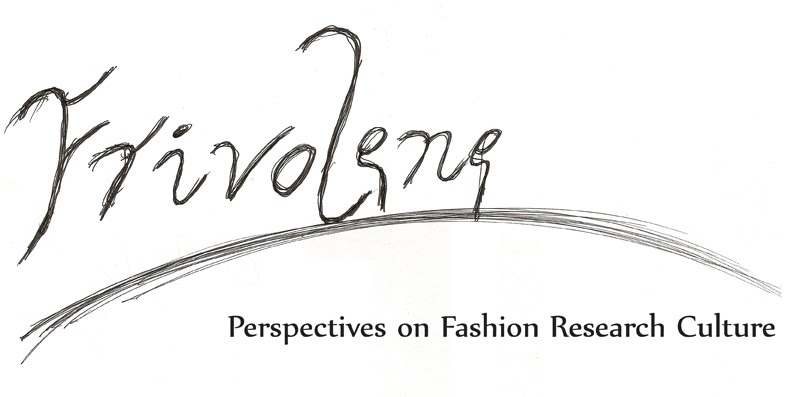As I was talking over with someone only the other day, one of the truly amazing things about living in a city as vast and infinite as London is that, however many years you live here, or however many visits to the city you make, you never really get to know it all. Friday last week proved this well enough again when I had the opportunity to visit Blythe House, hidden behind the behemoth of Olympia and the Earl’s Court exhibition centre. Having never stayed in a hotel in the city, Earl’s Court has always remained something of a mystery for me. Earl’s Court oddly remains one of London’s prime tourist hotspots, despite the area not being particularly central, or cool, and having the advantage of only being on a direct tube line to Heathrow. Since the MA students in our department are working on a project to do with archives and personal biographies, we also had the opportunity to accompany them on a visit to this mystery corner of London, and to visit the textiles archives of the British Museum.
Beginning life as the headquarters of the Post Office Savings Bank, today Blythe House is a humungous space acting as a repository of artefacts from the British Museum, the V&A and the Science Museum. One of series of recently astonishingly sunny days, it seemed oddly incongruous to enter a building whose every window seemed shuttered with blinds to keep out the light, hazardous to protecting delicate artefacts. After negotiating our way around the labyrinth of corridors and stairs, passing a room piled high with crates, and boxes, we entered the study area of the British Museums textile archive. Collection Manager Helen Wolff had laid out for us on a table a sample selection of cloths and garments from the archive, and proceeded to give us an introductory talk about the chosen artefacts and the role and activities of the museum’s textile collection. Amongst them were a beautiful and intricately embroidered loose gown made by the Miao people of China, a richly decorated jacket from Palestine, a bark textile from the Oceania region, and some ‘modern’ textiles from South America and West Africa. She also introduced us to a sample of textile artefacts collected from the desert coastal regions of Peru, some of which had originally been used as totems to accompany the dead into the afterlife. Since they had been buried deep underground in such an arid landscape, this had helped to preserve both their form and colour. Following on from this, Helen guided us around the main store area, with textiles kept either in crates on shelves, or for more delicate items, laid out flat in aluminium drawer units. Many other textiles were kept rolled up in acid-free tissue paper and calico, which were then placed on racks on pull-out screens. This we were told was one of the best ways in which to keep textile lengths, rather than folding them up, which had often been done in the past.
One of the key aims of the museum is make their collection as accessible to textile researchers and other interested parties as possible. To this end Helen and her colleagues are working towards photographing and cataloguing the museums entire textile collection. Much of this is now available to view online through the British Museum’s own website, via their dedicated research section on the website, viewable here: http://www.britishmuseum.org/research/search_the_collection_database
While my own practice in fashion research is more about the present day workings and developments of the fashion industry, the visit to the archives at Blythe House opened up the possibilities that the collections of ‘ethnographic’ institutions can offer. While we can all enjoy and wonder at the splendour of blockbuster exhibitions showcasing the work of famed and fabled designers, the seemingly more ‘humble’, and intrinsically humanistic work of textile producers remain equally fascinating. In conjunction with my own recent (re)visit to the Tropenmuseum (Tropical Museum) in Amsterdam, it is surprising how overlooked the development and processes of textiles are in the realm of curated exhibitions on fashion and textiles. Yet at the same time, institutions, like the British Museum and the Tropenmuseum, can offer an intriguing and significant insight into broadening the scope and depth of fashion and textiles research.
In a further intriguing development in opening up the archive as an exhibition space, fashion curator Judith Clark, together with her partner Adam Phillips, have put together an exhibition at Blythe House. Opening shortly, the exhibition is called
A Concise Dictionary of Dress, and has been devised in conjunction with the experimental arts agency Artangel, famed for their collaborations with Rachel Whitread, Roni Horn and Roger Hiorns. The exhibition itself is set to take place in the V&A’s section of Blythe House, in which is located their repository of clothing, furniture and ceramics. Further information can be found at: http://www.artangel.org.uk/projects/2010/the_concise_dictionary_of_dress

